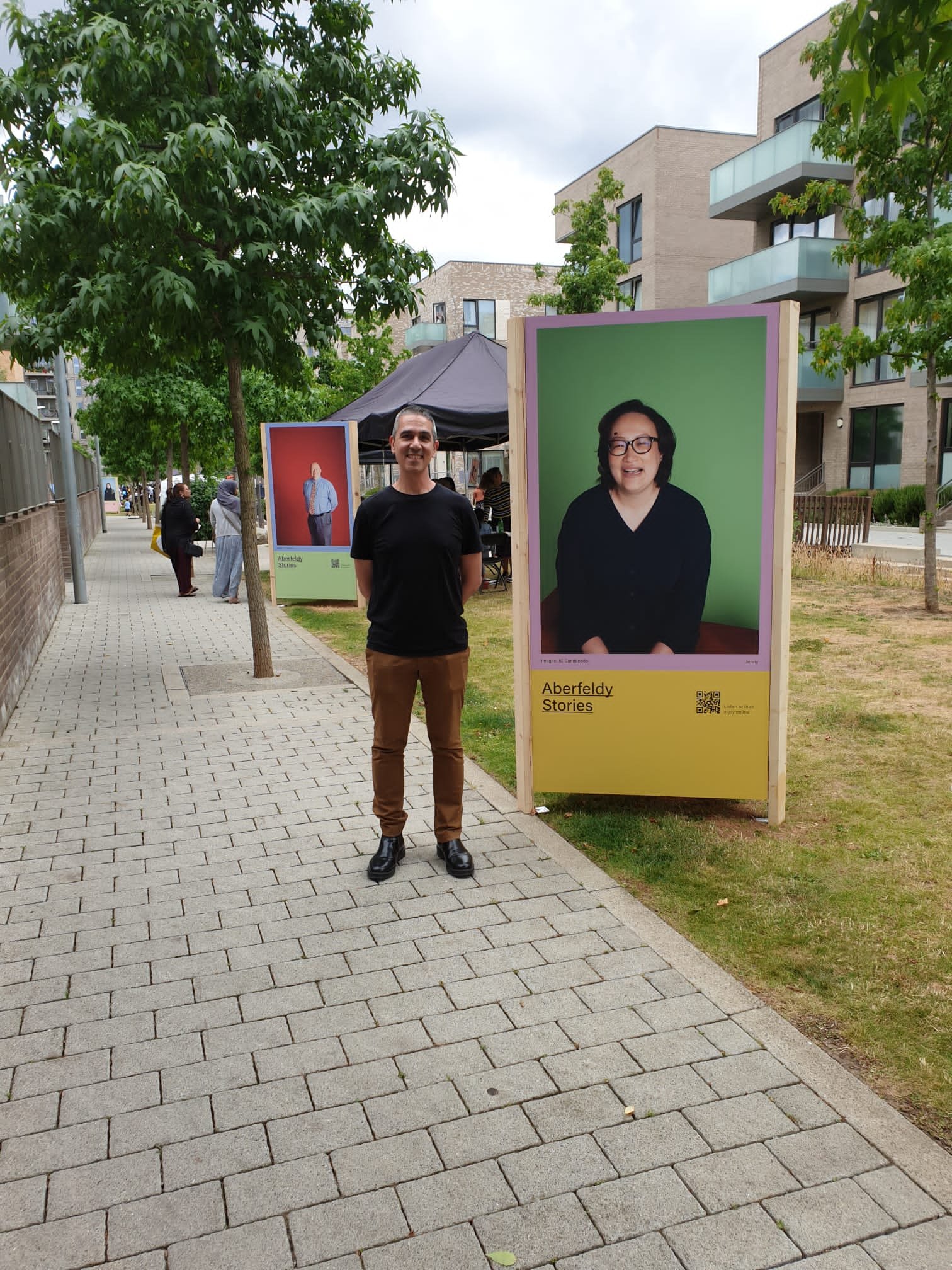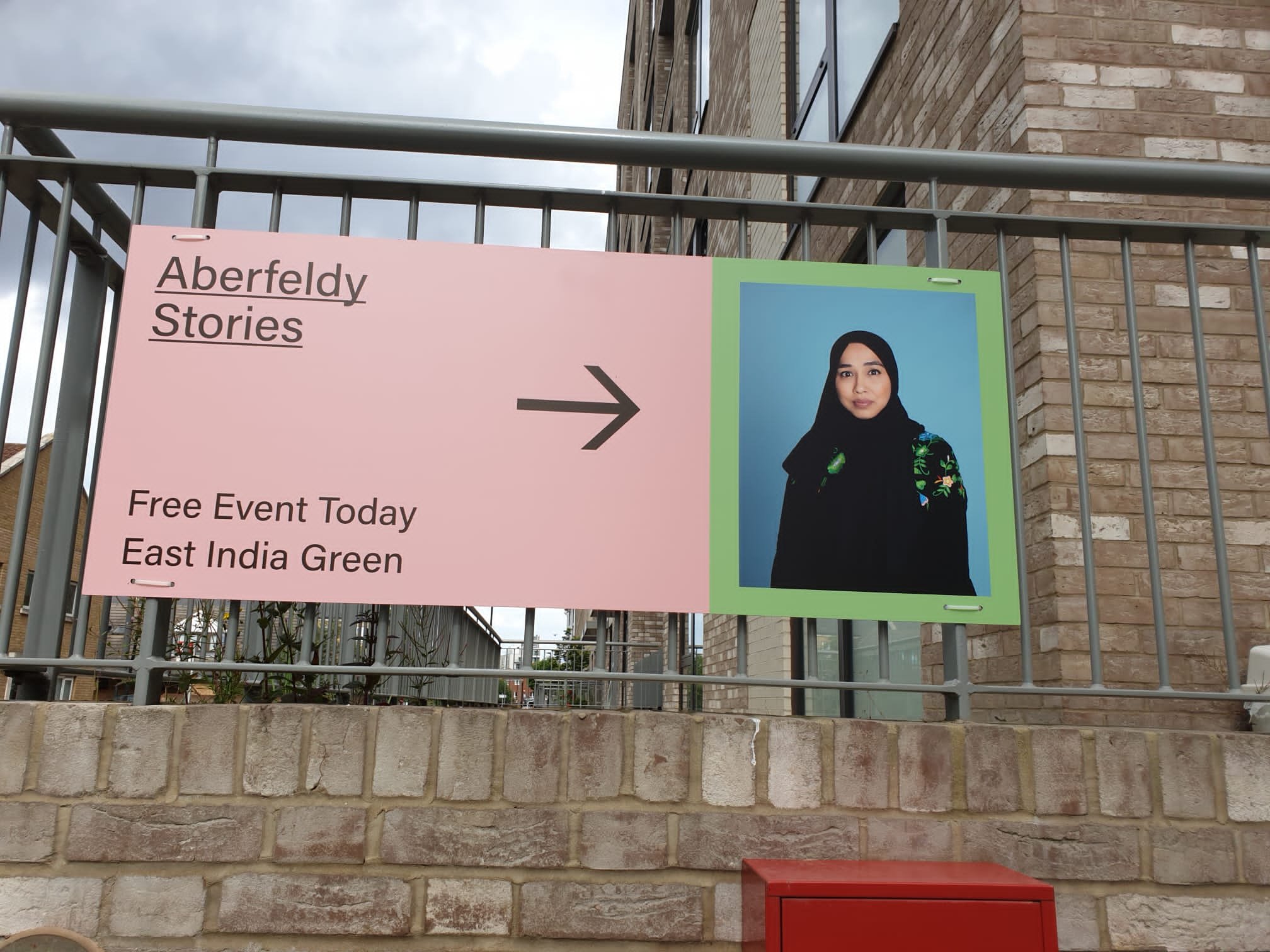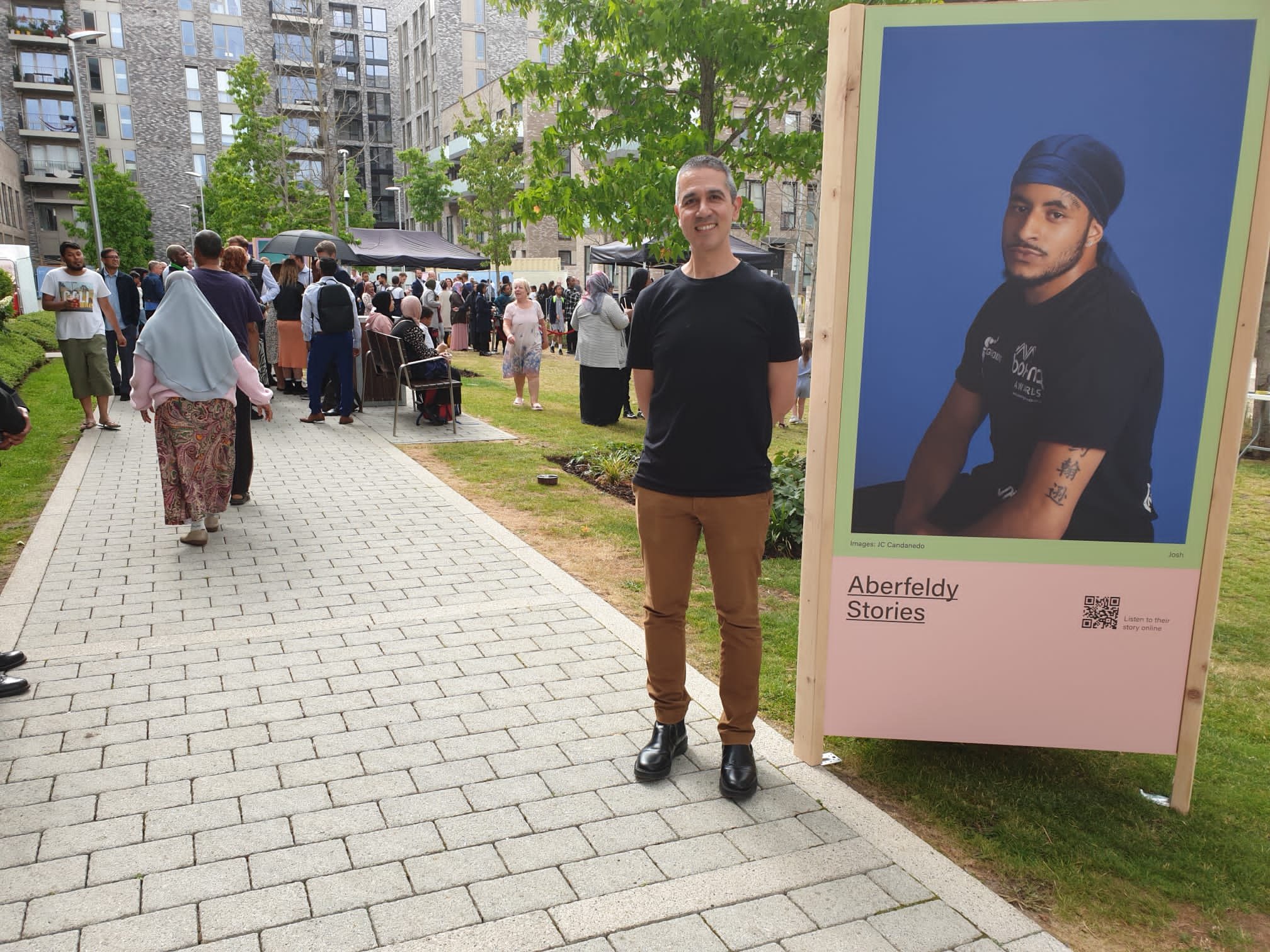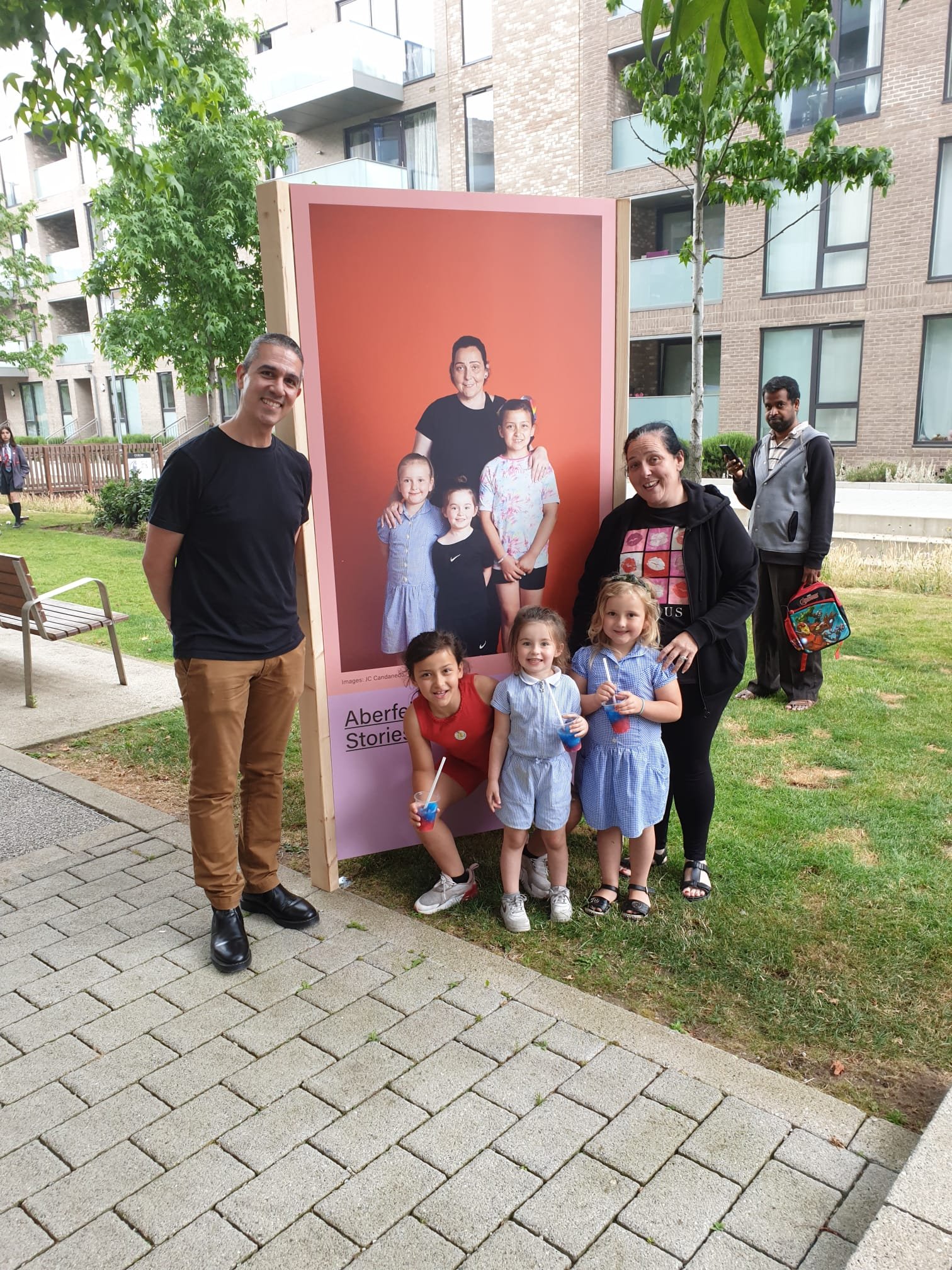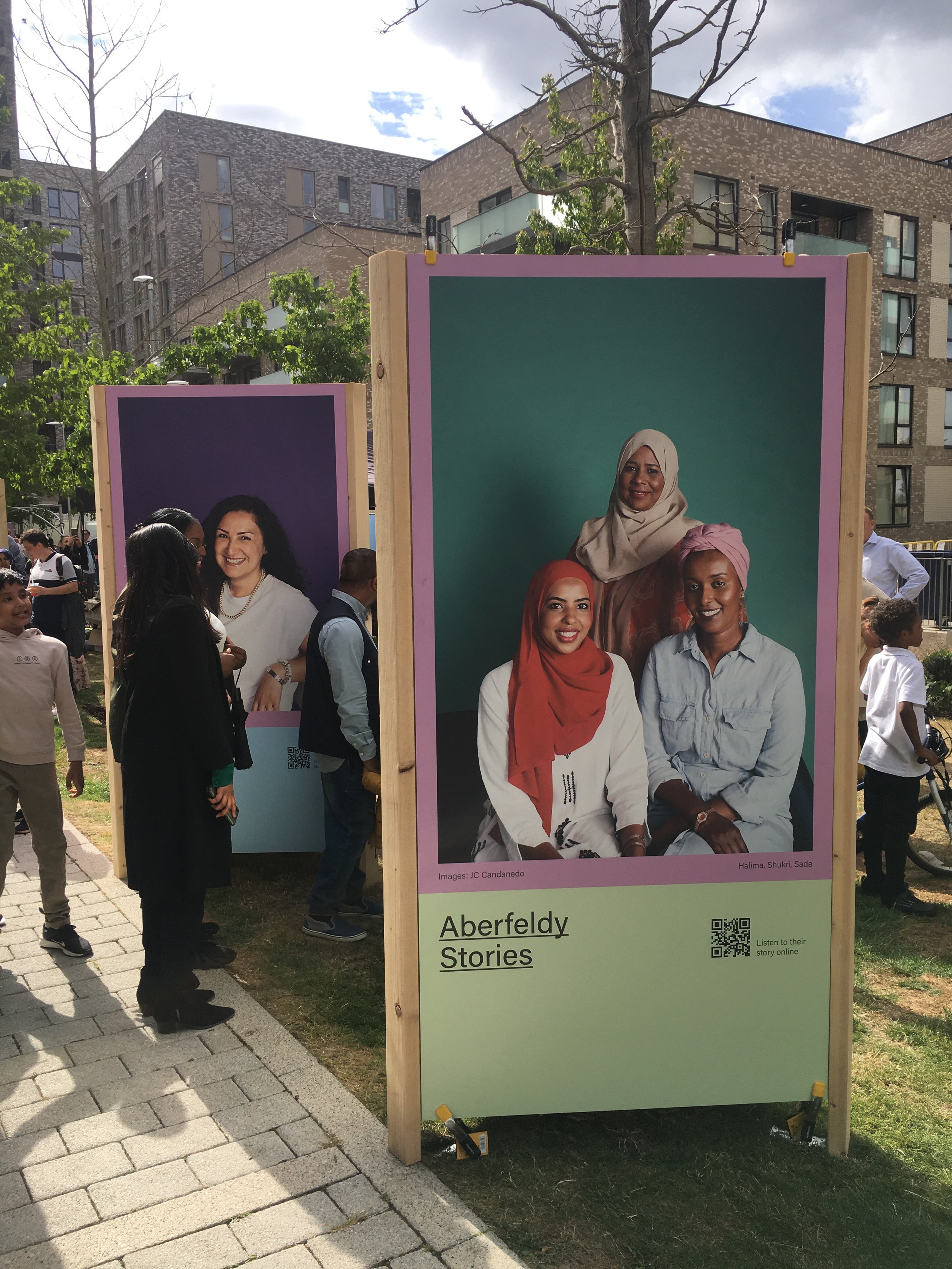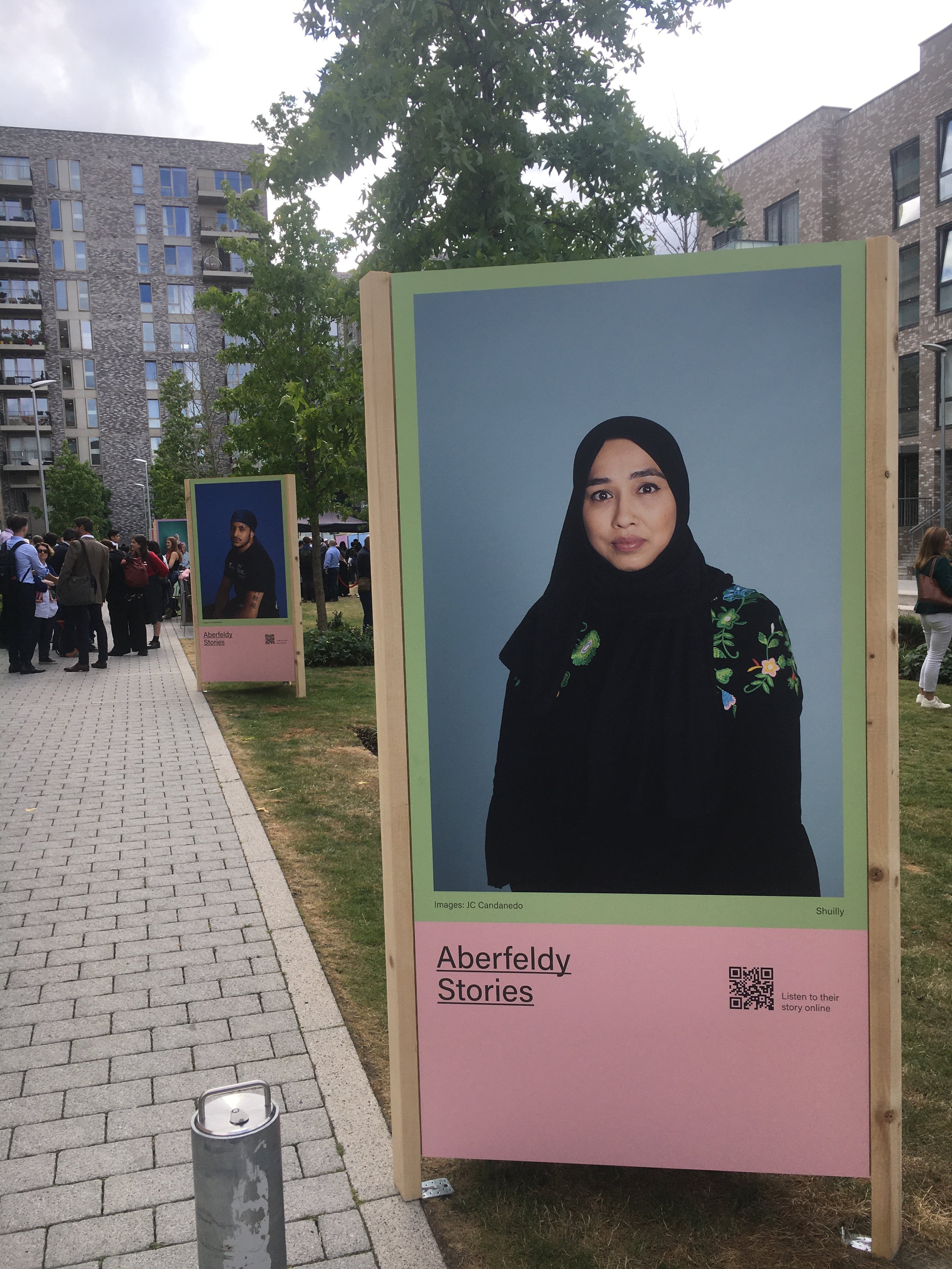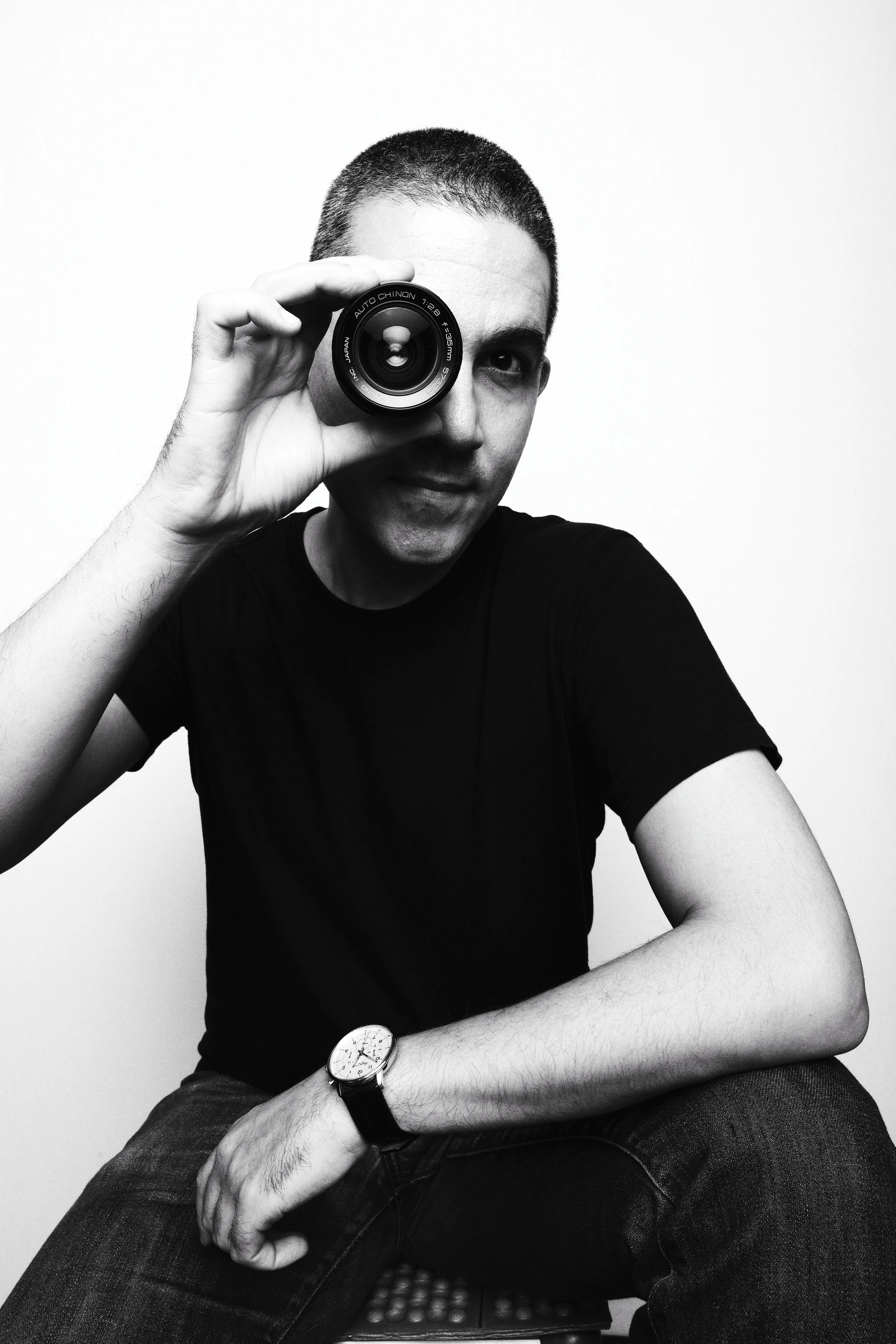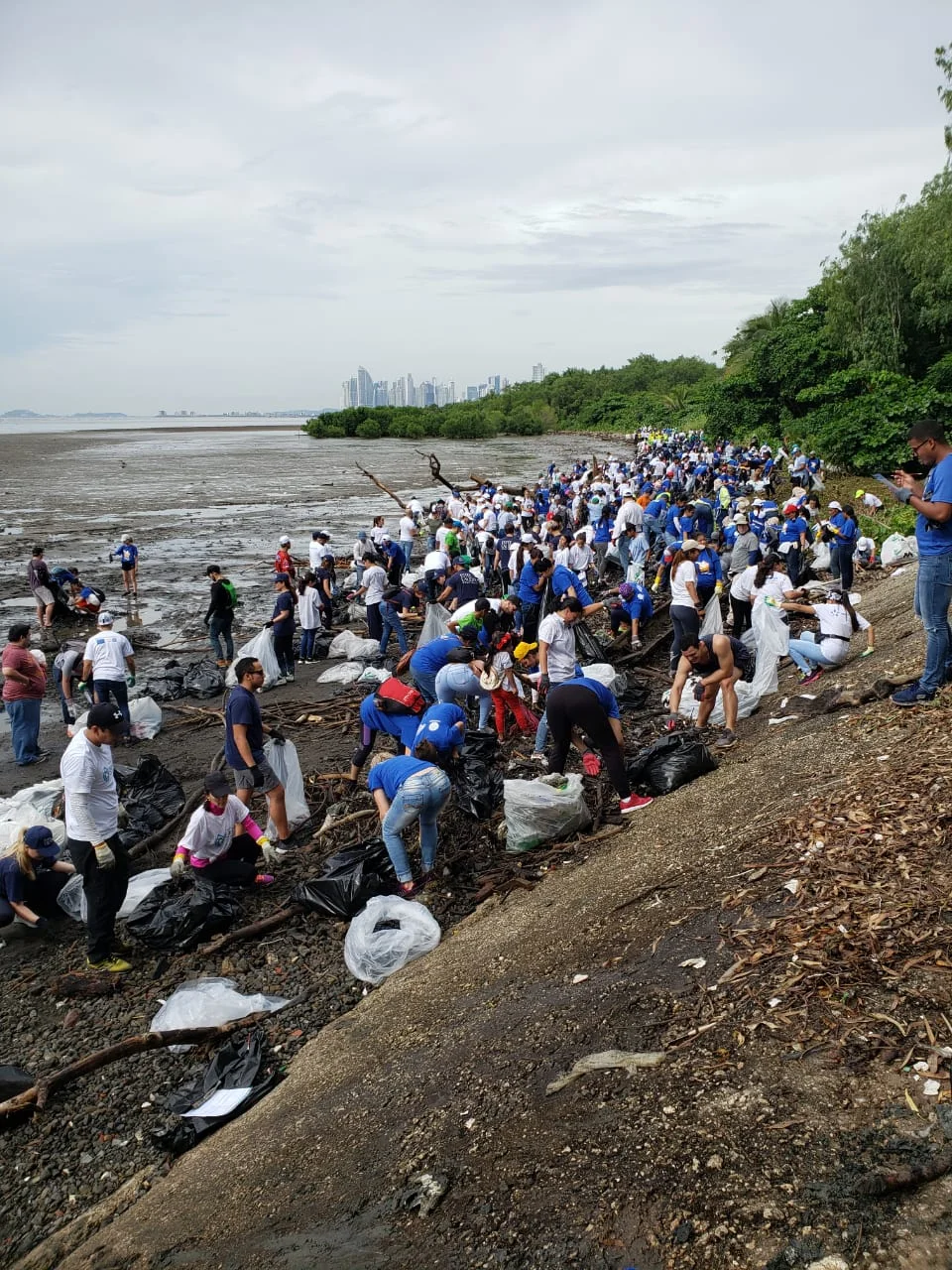This is the Twentieth post in my series of posts where I speak with people in the creative industries and ask them questions about the things that “I Wish I Had Known” when I started out as a creative myself.
This week I have a lovely chat with Yan Wang Preston, an artist exploring the poetry and politics of nature and landscapes. We spoke about her photobook Forest and the 7-year long project that resulted in this fascinating photographic work:
1. Forest is a beautiful project that addresses issues such as the environmental impact of massification in the housing construction industry in China and the contradictions of their ecology recovery programmes. You do so brilliantly, using images that look both like Tableaux Vivant and Nature Mort at the same time. What came first, the story or the image?
Well, ideally the stories and images should always come together. But in reality, they often don’t. So for me, there is always a balancing act. Some of the ‘balancing’ happens during the shooting: some scenes are simply not photographed because they don’t work visually, even if they tell brilliant stories.
Some happen during the editing. A photograph might be visually very strong and telling a great story. But it may not work with other images or their colour palette. But overall the story is very important to me. I wouldn’t like to dwell on the images too much without the story, that is too self-indulgent.
2. You began your story with a tree that you named Frank. Throughout the project, you followed Frank’s journey from the place where it stood for 300 years to its new location on the other side of the country. Did you ever think that Frank’s journey would take you on a 7-year journey of your own that would culminate on having your project printed on a book?
No, at all. The story only came together after my third visit. But I always knew the significance of Frank’s story, ever since I met it for the first time.
3. Forest tells us the story of trees that are removed from their millenary locations and are taken far-away where they will be replanted to become part of the man-made landscapes of new housing developments for wealthy people. But, it is also a commentary on the incongruences of the ecology recovery programmes that are put in practice to repurpose disused quarries and the economic impact that these new man-made landscapes have over the local authorities. With such an ambitious scope, how do you know when the project is finished and it’s ready for exhibition and print?
Ha! Well, the project could have just gone on and on. In fact, I have already been back to China and photographed the re-purposed disused quarries again. But there was a moment when I felt that the one stage of the stories could be told sufficiently. And that’s when the book and shows came out. It’s actually really important to have these ‘endings’, even if they only serve as a new beginning.
4. You and I met back in 2018 during a portfolio review event. We sat next to each other in the waiting area and we shared our experiences thus far with the different reviewers. It turned out that we both had our portfolios reviewed by the same person and that person told both of us something very similar: that our work was soulless and lacked personality. But, judging by the international success that your project Forest has had, that reviewer was completely wrong. How much do you think artists should let their work be influenced by the reviewers during these portfolio reviews?
Yes, I do remember our bitter portfolio reviews experience. I have done a few reviews and in general, I think that you should work with people who appreciate your work. It’s a waste of your time trying to persuade people who don’t like your work. And you know, people have opinions and we can’t have all of them to like our work. So be strong and be persistent. Above all, believe in yourself.
5. Did you plan for the project to end up in a photobook or was it something that happened organically? Looking back, would you have made different decisions when you started photographing the project had you known from the beginning that it would end up in a book?
Forest ended up being a book organically. At first, I was just responding to what I saw and felt. But after some time, I began to ask what platform would be the best to tell these stories. I’m a huge fan of photobooks, which I learn most of my photography from. Photobooks can’t satisfy everything, but it can serve as the central storyline.
6. What was the most challenging part of the photobook-making process?
It’s to give up some of your favourite pictures because they don’t fit.
7. The book is beautifully printed and the images look like fine art prints stitched together in a book. How involved were you in deciding the design and the quality of the materials?
I’m involved in every stage of the book, from photographing, to editing pictures, to sequencing, to designing the layout, choosing materials, proofreading, and to overseeing the printing in the factory.
I’ve heard that some photographers would give the editors a bunch of photographs to make the sequence and design. I don’t work like that. Of course, I share ideas and take into suggestions. But essentially it’s my work, so I have to be responsible for it.
8. For someone thinking about making a photobook of their project and who is struggling with all the decisions such as crowdfunding vs self-funding, the number of images, the sequencing, printers selection, number of books to print, size and dimensions, number of pages, or shipping, where can they find help? How did you answer these questions yourself?
I suppose that trying to imagine a book and to make a dummy would be the first step. After that, you’ll know the story of the book, the potential audiences, the budget and the publisher. Then you can work out how to fundraise. And of course, talk to people who have done books for real advice.
9. Do you have any additional advice for those thinking about starting a project and making a photobook?
Stop thinking and start making.
10. Forest has been exhibited all over the world over the last few years and I can’t help but look at you and your work in awe. What other projects are you working on at the moment?
I am exploring the ideas around invasive species, the politics of ecology and conversation, and the notions of national landscapes. Basically, I go to a lot of my local areas in West Yorkshire and Lancashire, to study the post-industrial landscapes occupied by a cosmopolitan ecology.
I also talk to lots of people, particularly ‘foreigners’ like myself, in order to get a different set of perspectives on a lot of things, such as belonging, national identity and migration. I’m also beginning to collaborate with musicians and ecologists.
Yan, I can't thank you enough for taking the time to answer my questions and for sharing with me what making a photobook entails. It’s everything that I Wish I Had Known!
You can learn more about Yan Wang Preston's work at yanwangpreston.com or on her social media: @yanwangpreston
